Biarritz 1881
La Folie Boulart
Biarritz 1881
La Folie Boulart

Au cœur de Biarritz,
ouverte sur la mer et les montagnes du pays-basque,
la folie Boulart renaît enfin.
Château de fêtes, résidence de monarques, d’illustres personnages et d’artistes, la folie Boulart ouvre ses portes aux hôtes privés, propriétaires éphémères d’un château de conte de fées aux décors précieux et fantasques.
Imaginé au terme d’un XIXe siècle triomphant, il s’est fait l’allié d’un luxe 2.0 ultra confortable et pourvu des dernières innovations technologiques.
Découvrez un lieu réinventé, une destination à usage exclusif profitant de tous les services d’un Palace dans un hôtel particulier.
C’est un secret à conserver.
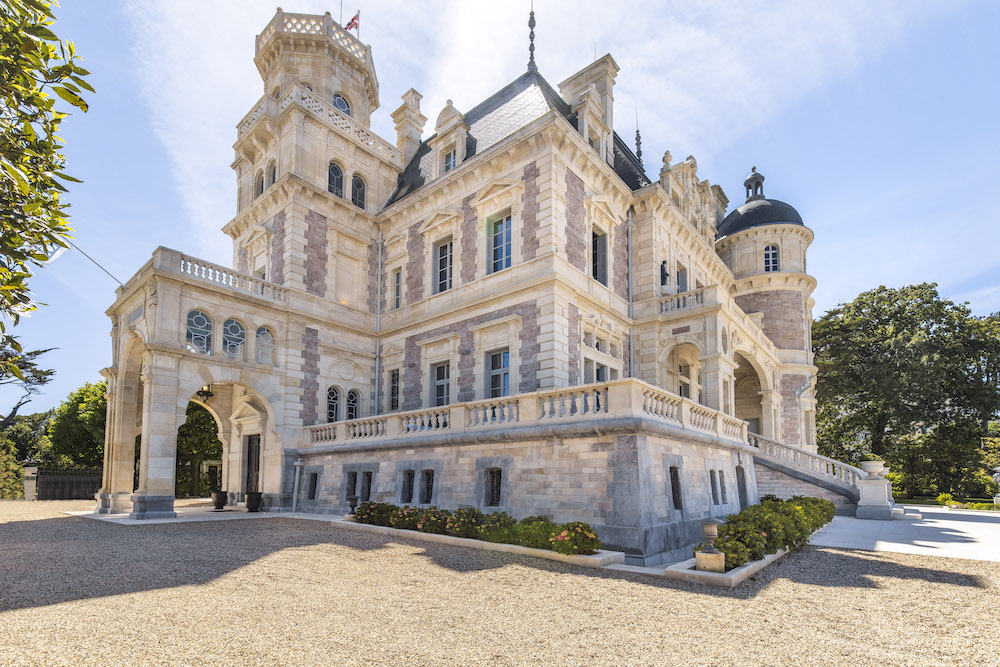
Un palais impérial
Charles Boulart souhaite de la hauteur et choisit, pour son futur palais, le plus bel emplacement de la station balnéaire, avec une vue imprenable sur l’océan Atlantique et la chaîne des Pyrénées.
À la recherche de ce qui se fait de meilleur pour la construction de sa belle demeure, il fait appel à l’architecte Joseph Louis Duc, grand nom de l’architecture parisienne distingué par Napoléon III. Pour le seconder, il recrute Louis-François Roux, membre de la société académique d’architecture de Lyon.
Une oeuvre d’art
Le palais sera le reflet du faste du Second Empire. Les matériaux les plus prestigieux sont sélectionnés (marbres, bois précieux, pierres…) et des artistes de toute l’Europe interviennent pour réaliser de véritables chefs-d’oeuvre (vitraux, mosaïques, peintures).
Les têtes couronnées européennes y sont reçues (la reine Victoria en 1889, le roi de Suède Oskar II, Édouard VII…) ainsi que des personnes illustres et des artistes.
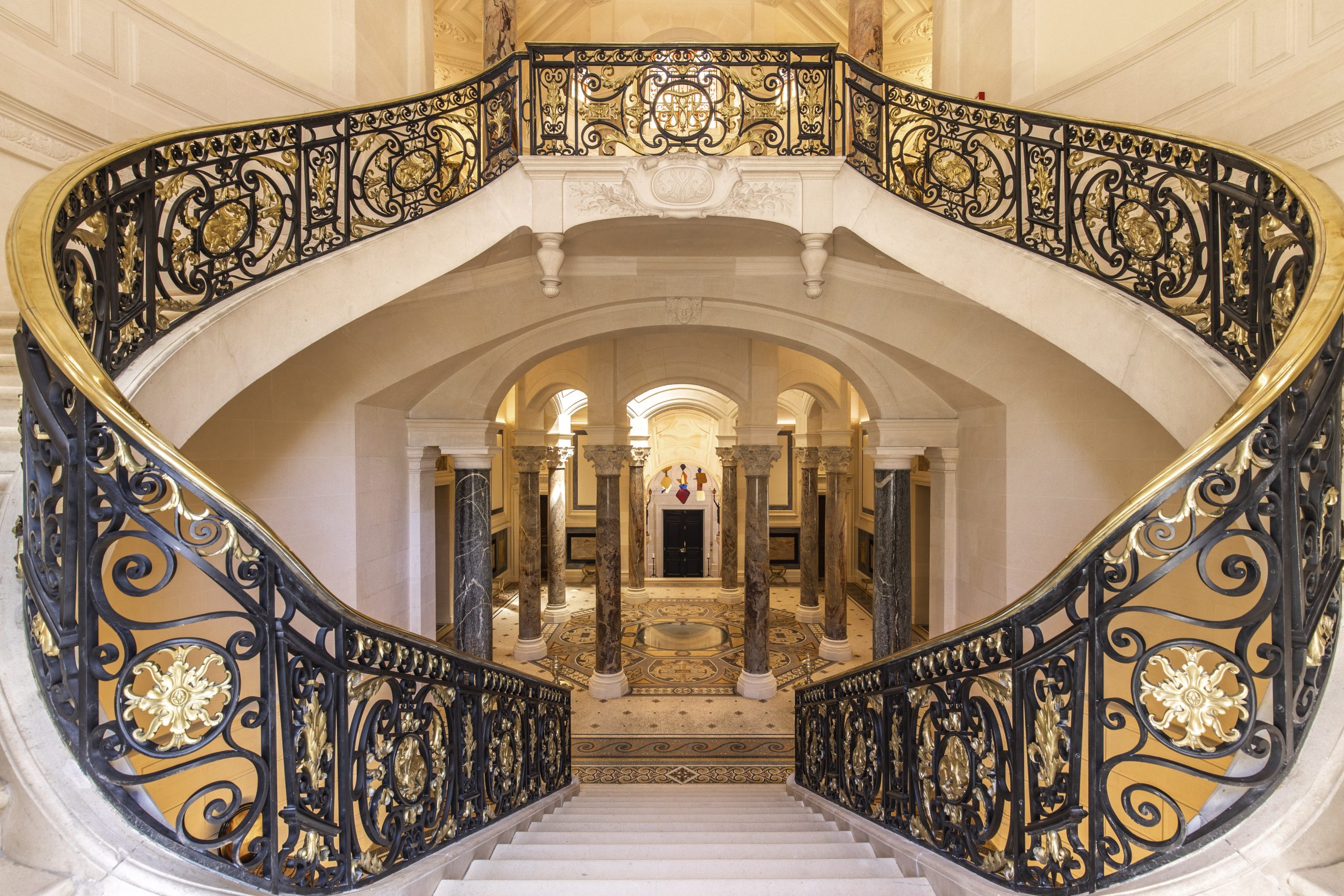
Réceptions
La Folie Boulart offre une grande salle de réception et de vastes terrasses
avec vue sur la côte et les montagnes basques.
Le bar lounge, la salle de billard, les salons et boudoirs secrets,
ouvrent sur un jardin unique au cœur de la ville,
avec son jardin creux d’inspiration antique, ses fontaines et ses arbres centenaires.

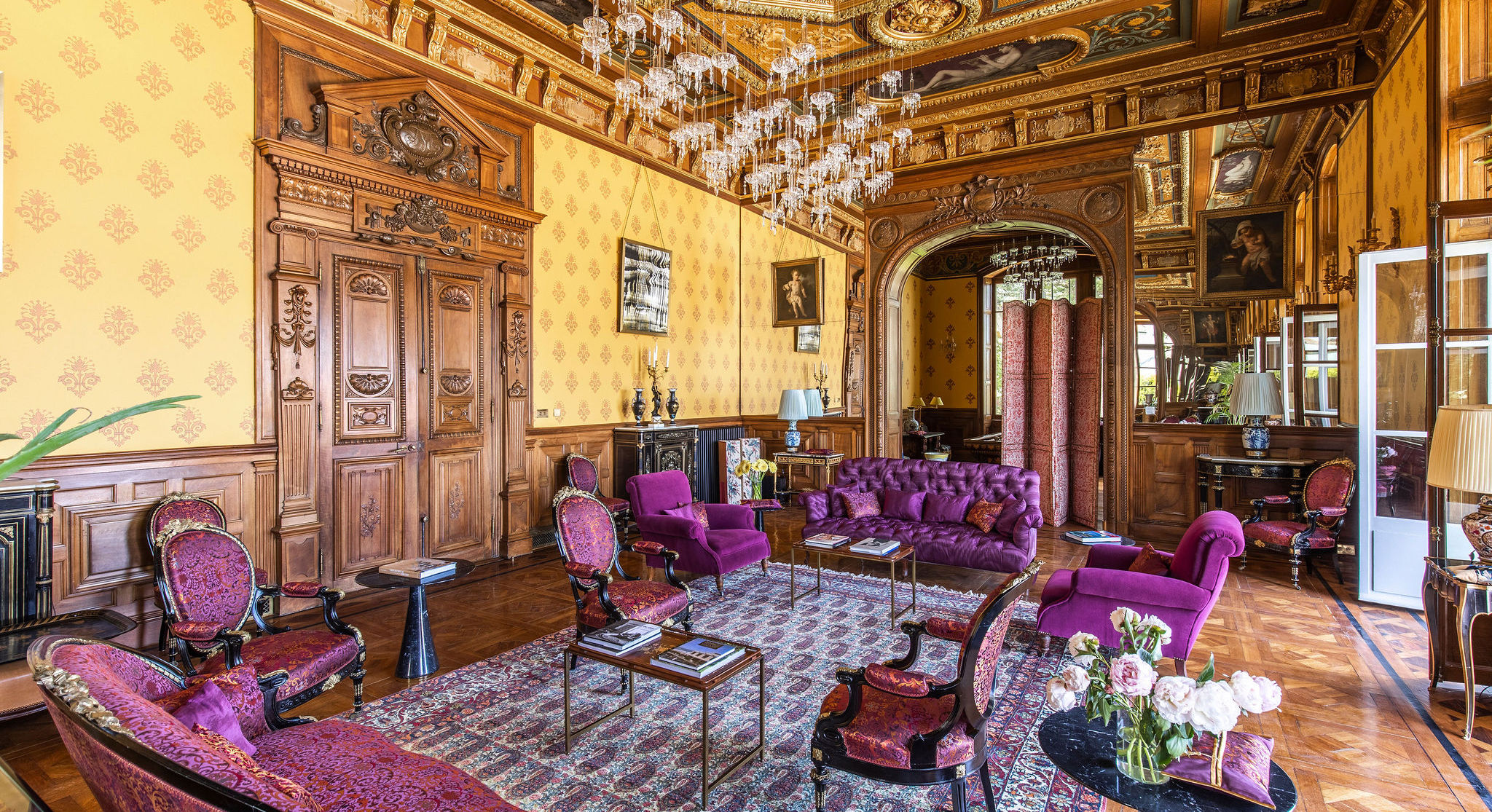
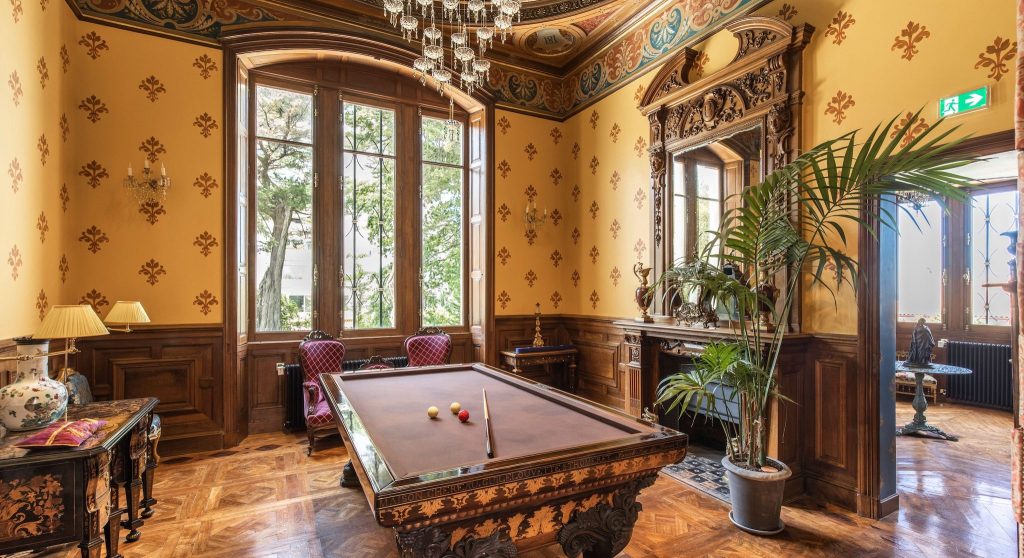

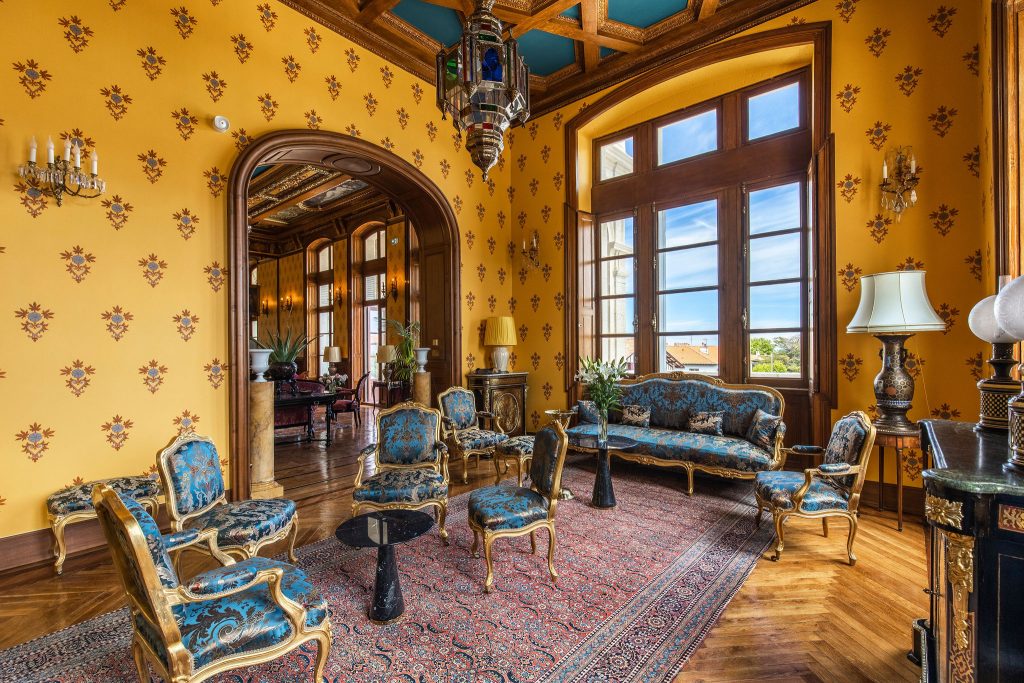
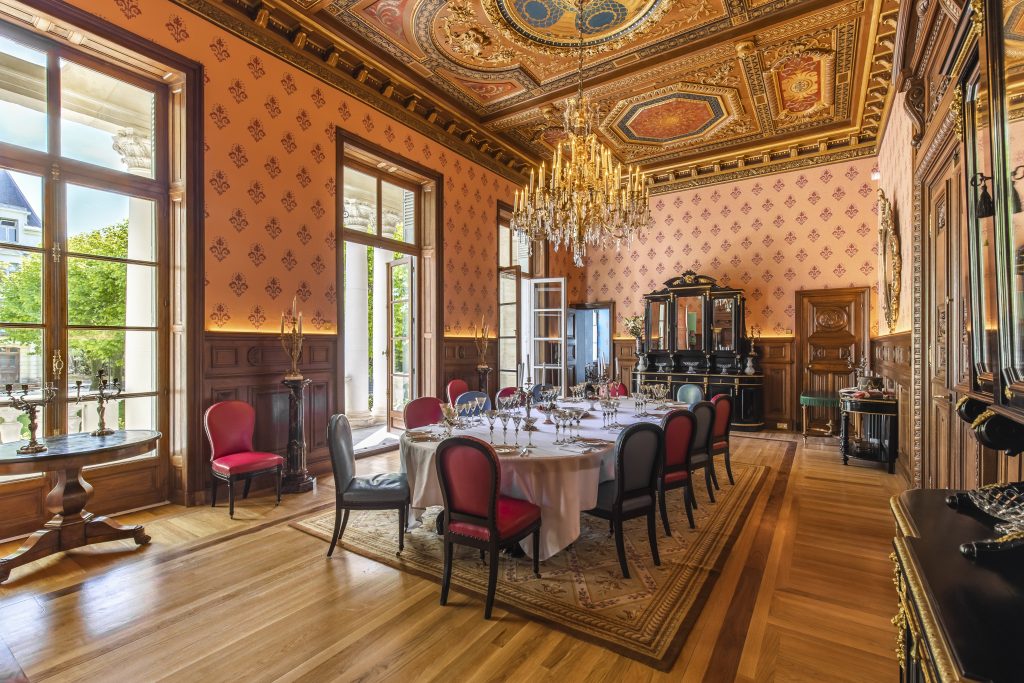
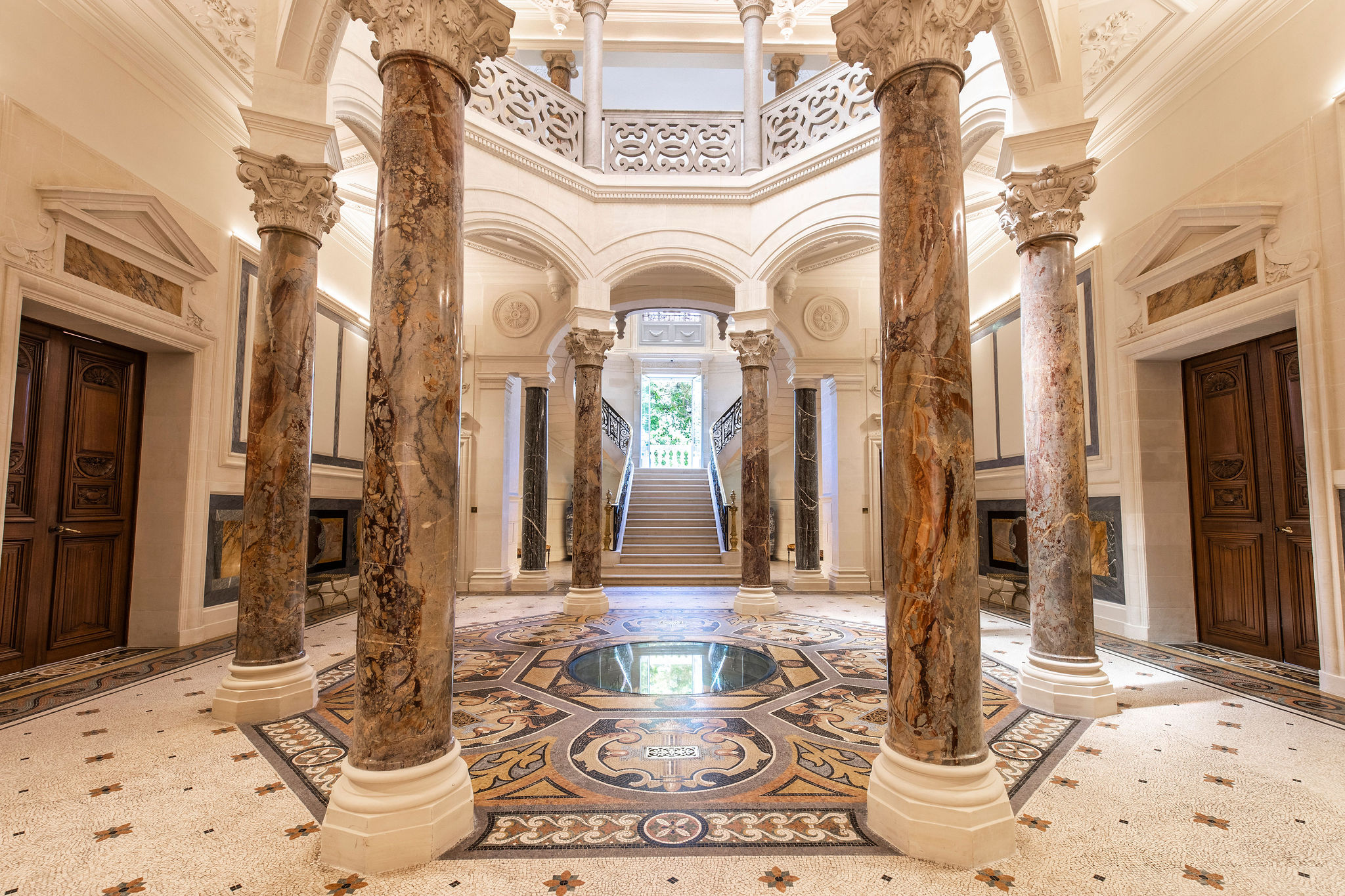
L’esprit d’un hôtel particulier
Fêtes, réceptions, chasses au renard dans les bois alentour s’enchaînent. Biarritz, qui ne connaît pas d’éclipse en dépit de la chute de Napoléon III en 1871, est un point d’attraction international. Têtes couronnées et noblesse se donnent rendez-vous à la belle saison à Biarritz. Edmond Rostand peut écrire : « À l’heure du thé, il y a chez Miremont moins de gâteaux que de reines et moins de babas au rhum que de Grands-Ducs».
Ses invités privilèges
Lieu de villégiature du Roi Édouard VII, il reçoit les plus illustres têtes couronnées, la Reine Victoria, Oskar II, la Duchesse Grazioli, le Duc et la Duchesse de Manchester, la Comtesse de Pourtalès, le Comte Larish, les grands-ducs Russes ainsi que l’élite de la haute société (notamment Oscar Wilde, Mr. and Mrs. Bodley, John Leishman, Amory Moore, et LR Wanamaker).
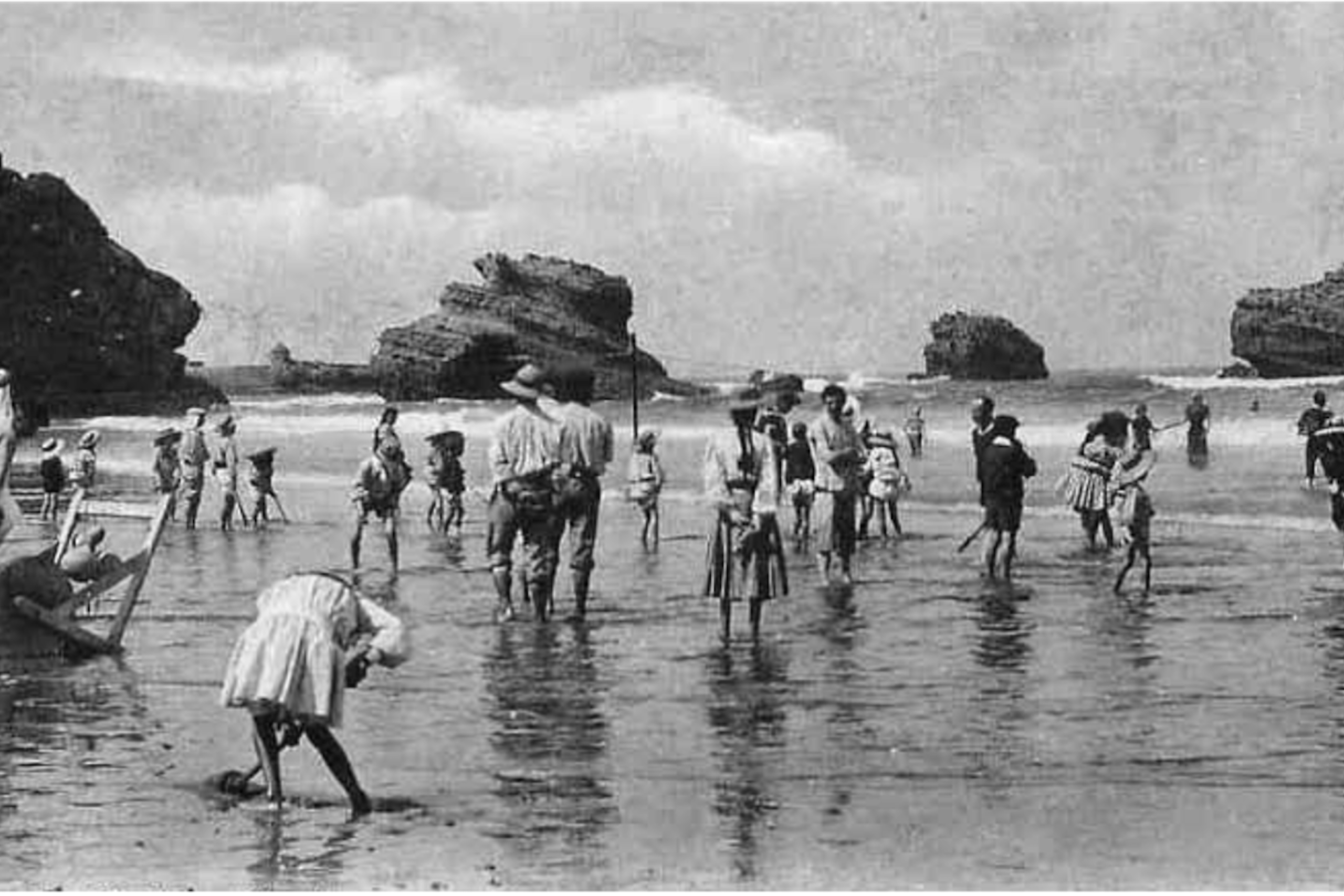
Suites et Chambres
La folie Boulart propose Huit suites magnifiques de 140 à 50 mètres carrés dominent l’océan et vous accueillent,
ainsi que plusieurs espaces de réception, richement ornés.
Les différentes pièces qui composent cette incroyable bâtisse, sont parées des plus beaux attributs artistiques du XIXe siècle :
des cheminées en bois sculpté, des parquets marquetés remarquables, des décors de marbre élégants, des mosaïques exceptionnelles, etc.



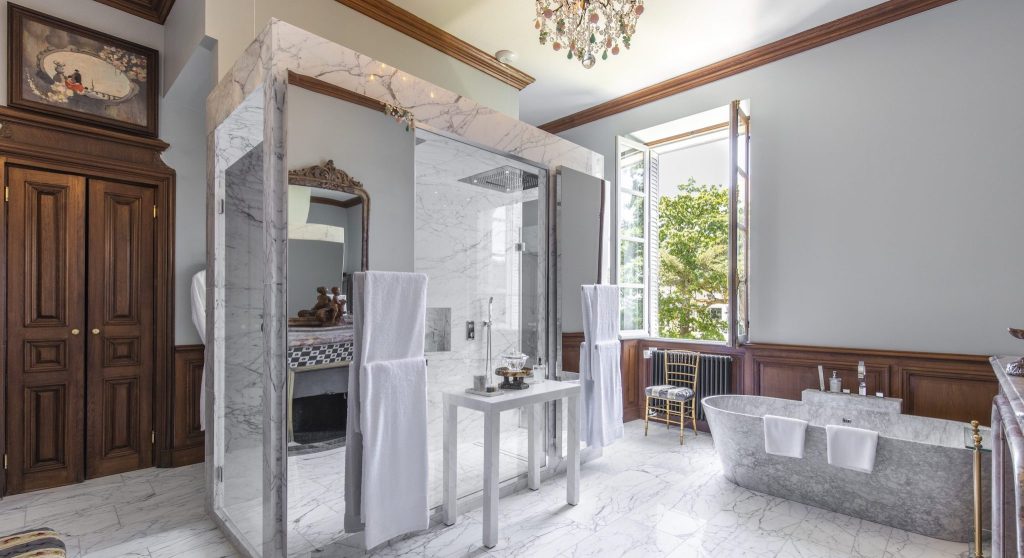
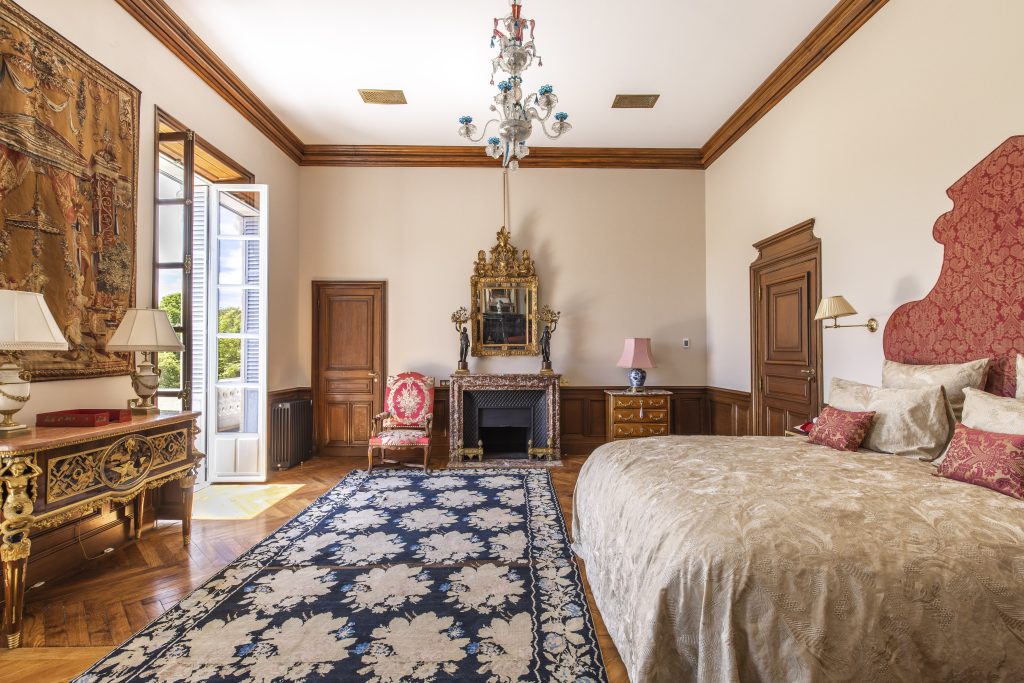
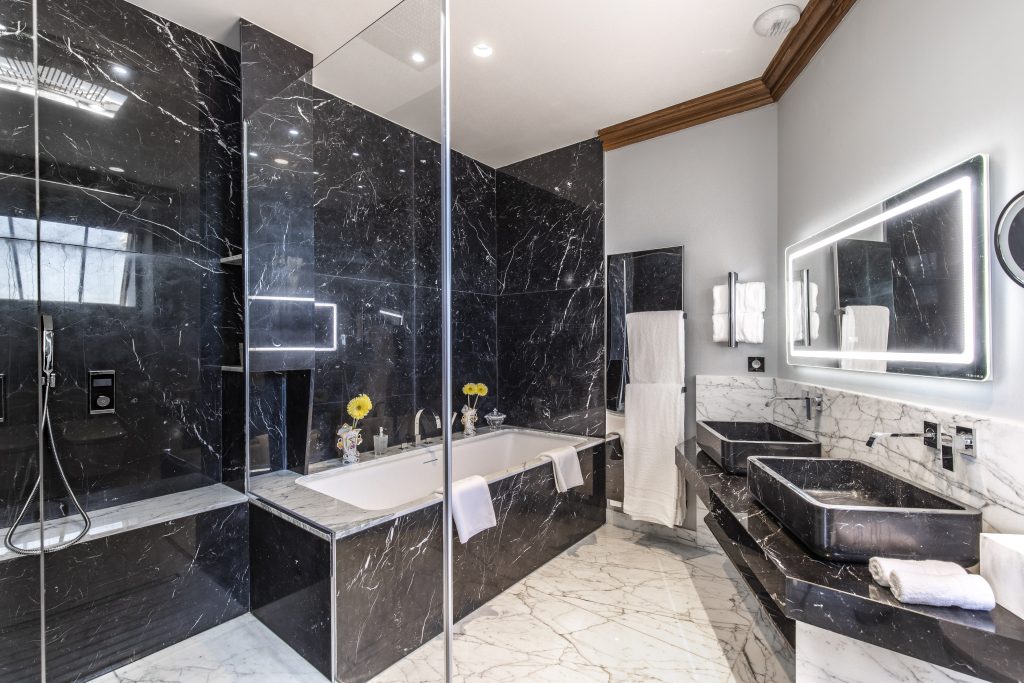
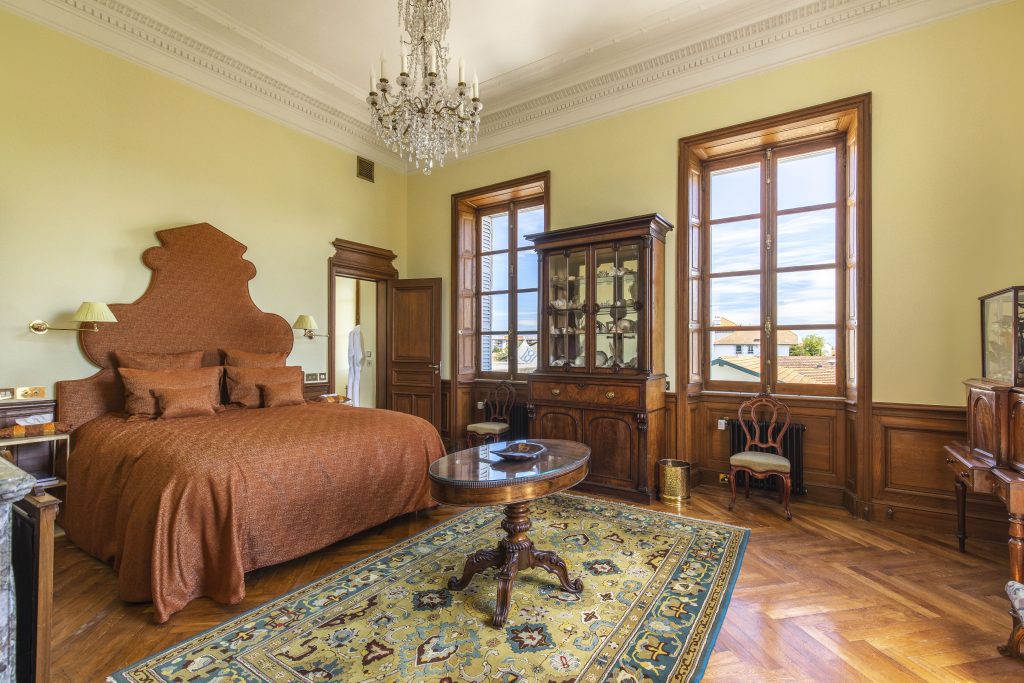


L’art culinaire
Des menus gastronomiques mêlant les traditions basques, landaises, espagnoles aux cuisines du monde les plus savoureuses, sont élaborés par le chef jean-marie gautier (meilleur ouvrier de france).
15 autres chefs étoilés, amis de la Folie boulart, pourront également magnifier les repas de fêtes dans la grande salle à manger.
Déjeuners et brunchs, cocktails et dîners, sont aussi proposés sur les somptueuses terrasses.
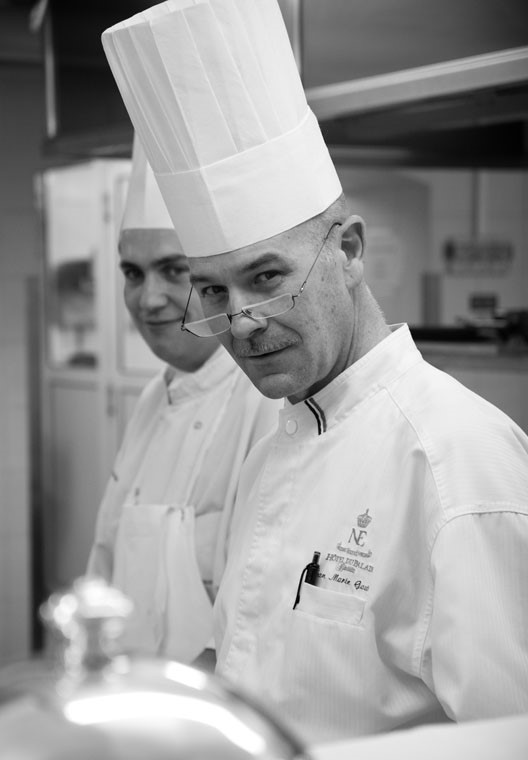

Une atmosphère de châtelain
Fort d’un siècle d’expertise dans l’accueil de réceptions, la Folie Boulart est le lieu idéal pour imaginer tout type d’événement. Espaces de réunion élégants, salons privés pour des expériences gastronomiques sur mesure ou salle de bal historique, la Folie Boulart accueille les plus beaux espaces de réception de Biarritz, la cité Impériale. Notre équipe événementielle est heureuse de vous accompagner pour imaginer un événement qui reflète le savoir-faire légendaire du Palais.
SPA & Fitness
Dans l’intimité de la demeure, un espace bien- être exceptionnel avec piscine intérieure, jacuzzi, hammam, sauna, salle de massage ayurvédique et salle de sport.
Cet écrin de bien-être est idéal pour recevoir des soins raffinés et sur mesure.

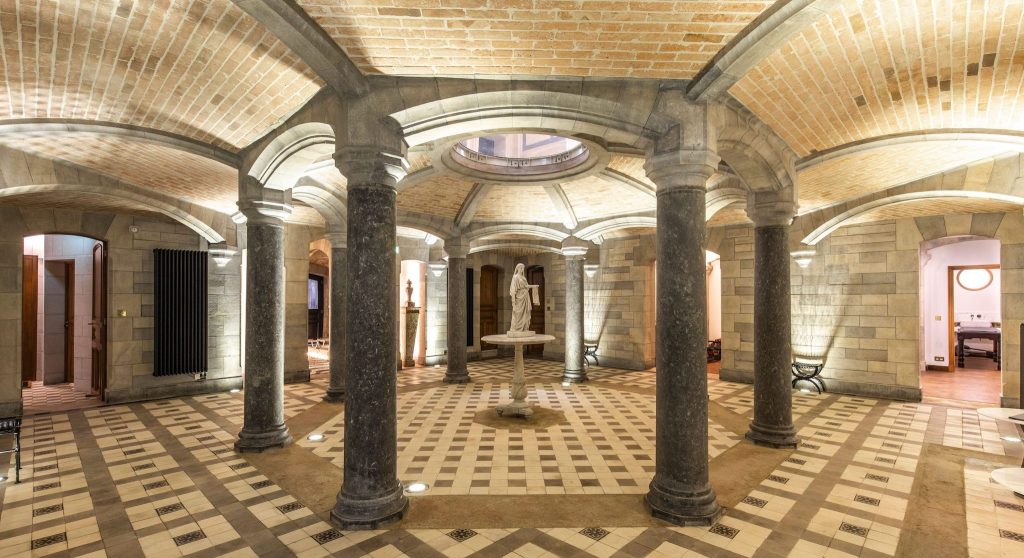
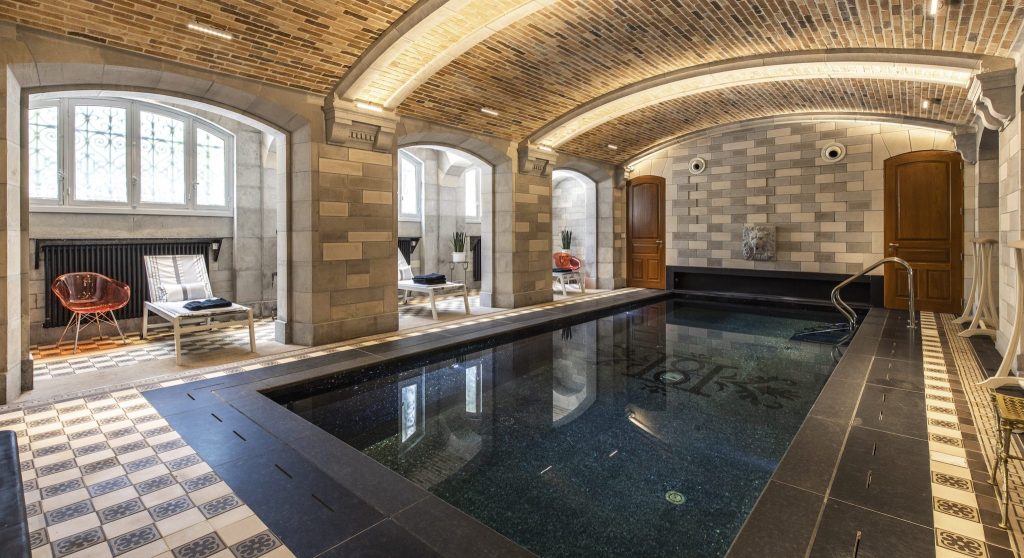
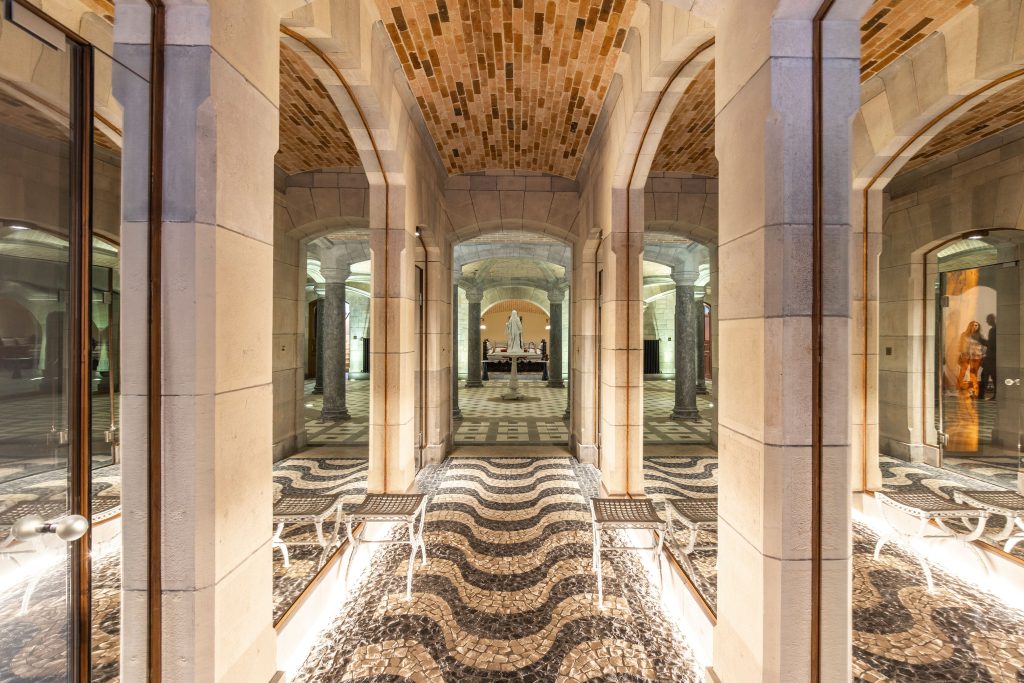
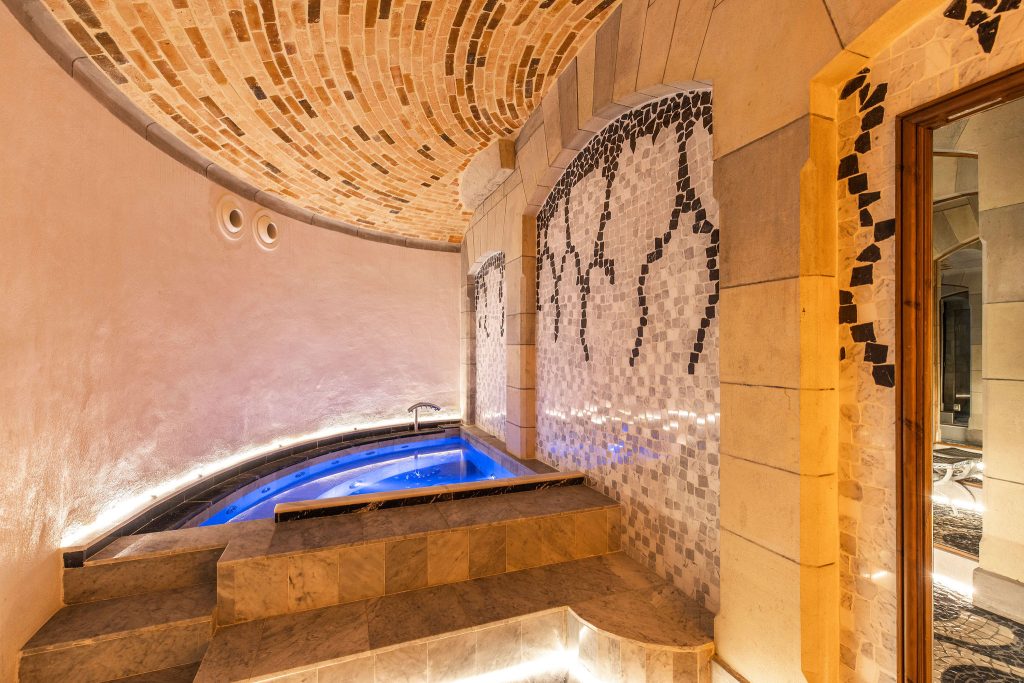
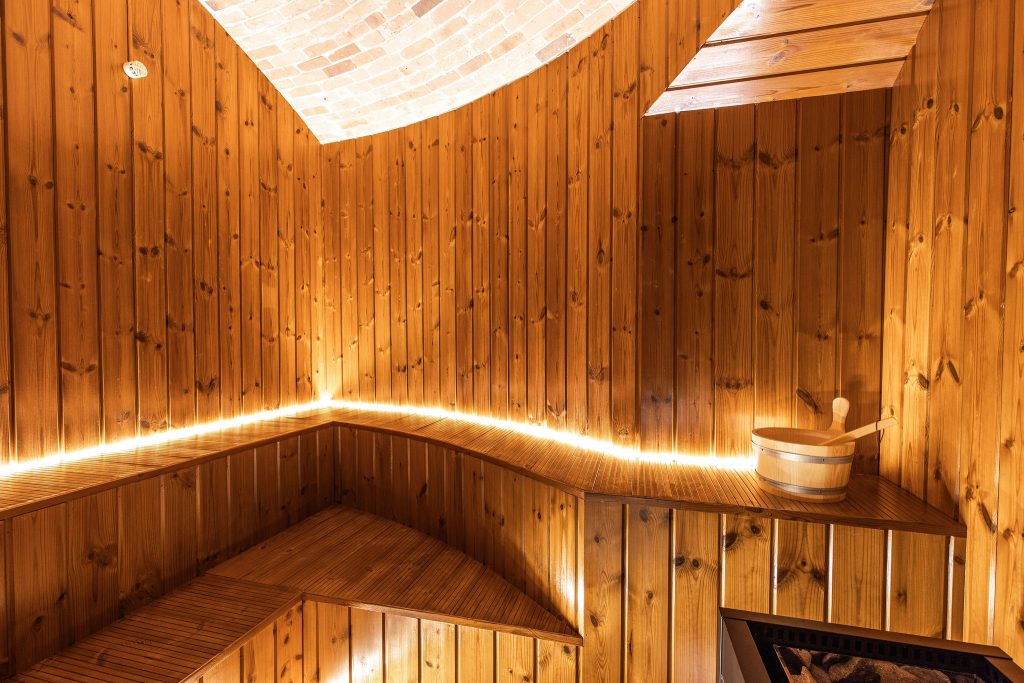

Le Château LA FOLIE BOULART, Est un véritable trésor, fait de marbres précieux et ponctué d’œuvres d’art, qui aura été restauré avec passion depuis son rachat, en 2015 par son propriétaire, Pierre Delalonde qui a eu à cœur de révéler la grandeur et la splendeur de ce bâtiment exceptionnel, qui traverse les époques, tout en préservant son authenticité et ses trésors. Il a entrepris des travaux de grande envergure, dans le respect de l’élégance et de la richesse du lieu. Les éléments ornementaux et les caractéristiques architecturales ont été conservés et respectent, ainsi, le bâtiment originel. Aujourd’hui, il ouvre les portes de ce palais pour une expérience unique. Son intention étant de combler ses futurs hôtes qui sauront en apprécier les mystères et, bien entendu, sa haute valeur artistique.
Pierre Delalonde